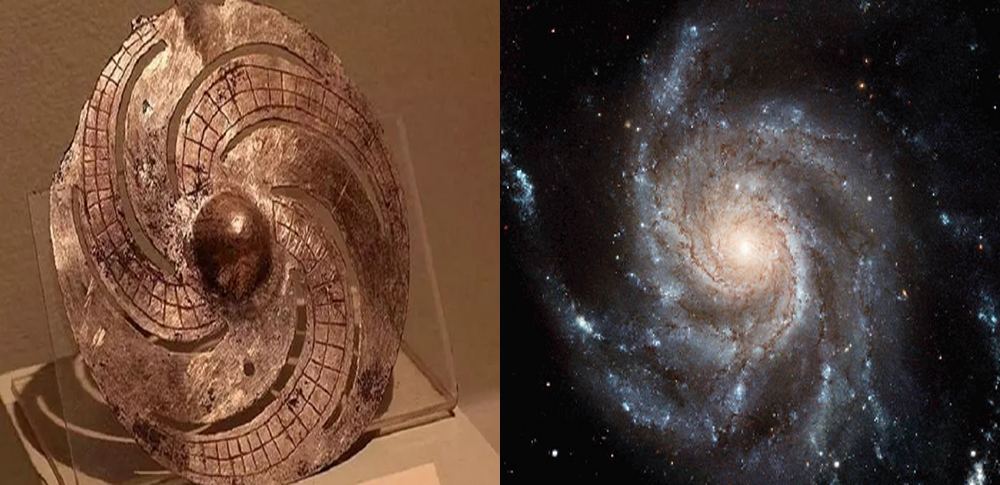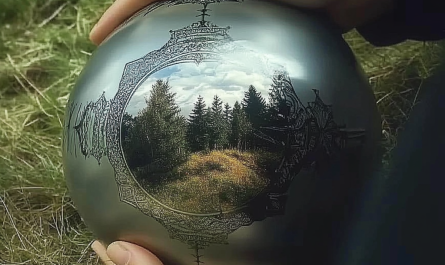In the ancient Viking trade hub of Birka, Sweden, a 10th-century grave has rewritten history, revealing the remains of a high-ranking shield-maiden—a woman who defied stereotypes to wield power and prowess in battle. Long thought to be mere legend, Viking shield-maidens, celebrated in sagas and art, gained undeniable proof through this discovery. DNA analysis of a grave once assumed to belong to a male warrior confirmed the occupant was a woman, an elite fighter whose burial reshapes our understanding of gender and leadership in Viking society.
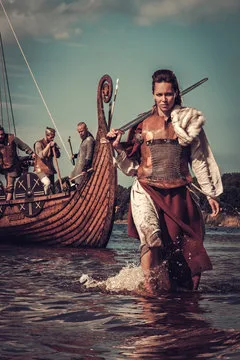
A Warrior’s Grave
Discovered in the 1870s on Björkö Island, the grave known as Bj 581 was one of over 2,000 excavated at Birka, Sweden’s oldest known town, founded around 750 CE. The burial stood out for its wealth of martial artifacts: a sword, axe, spear, arrows, a shield, two horses, and game pieces suggesting strategic military knowledge. For over a century, archaeologists assumed the occupant was a male warrior, reflecting Viking-era gender norms. But in 2017, a groundbreaking DNA study published in the American Journal of Physical Anthropology revealed the skeleton was female, with no male Y-chromosome, confirming her as a high-status shield-maiden.
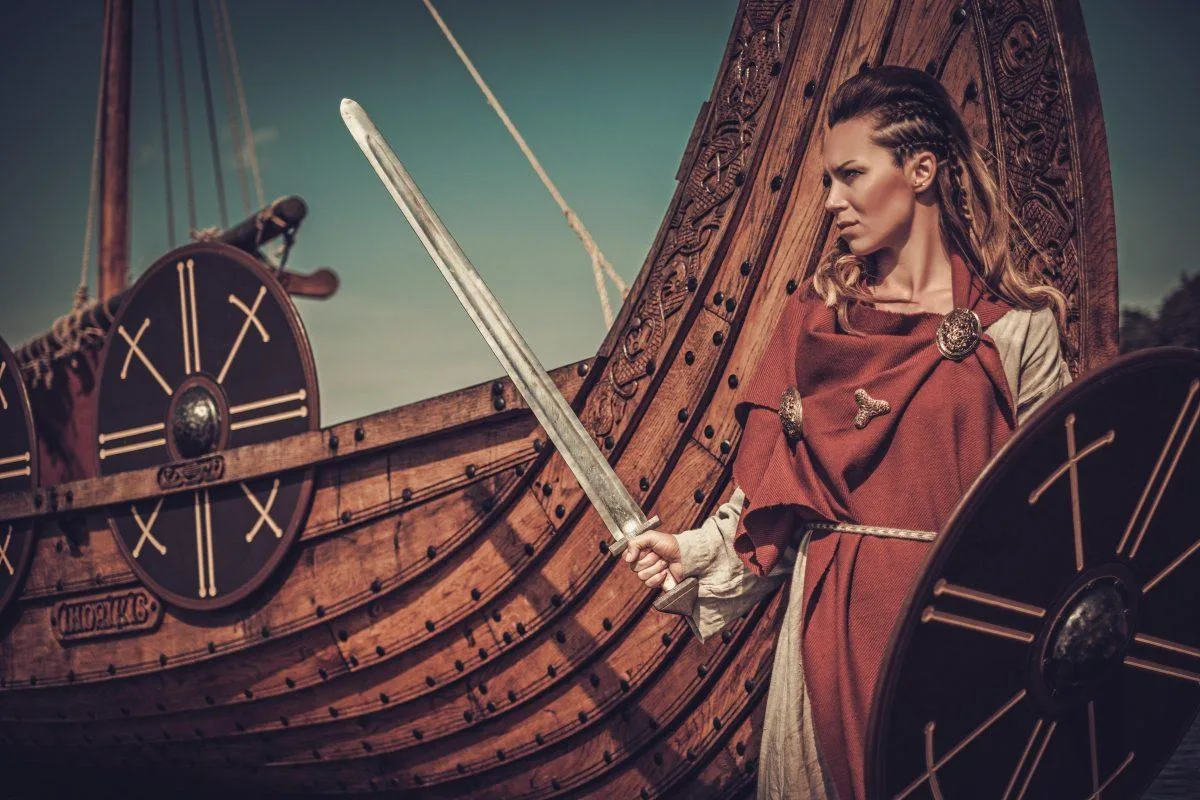
The grave’s contents indicate she was a professional warrior, likely a commander. The presence of two horses—a rare and prestigious offering—signals her elite status, while the gaming pieces suggest she strategized battles, a role reserved for leaders. Her burial in Birka, a bustling trade center connecting Scandinavia to Europe and Asia, underscores her prominence in a cosmopolitan society.
Shield-Maidens: From Myth to Reality
Viking sagas, such as those by Saxo Grammaticus, describe shield-maidens—women who fought alongside men, wielding weapons with skill and courage. Figures like Lagertha in Norse tales were often dismissed as folklore, with skeptics arguing that Viking women were primarily homemakers. The Birka shield-maiden challenges this, proving women could hold martial and leadership roles. Her grave, dated to the mid-10th century, aligns with Birka’s peak as a commercial and military hub, suggesting she may have defended or led expeditions in a turbulent era.
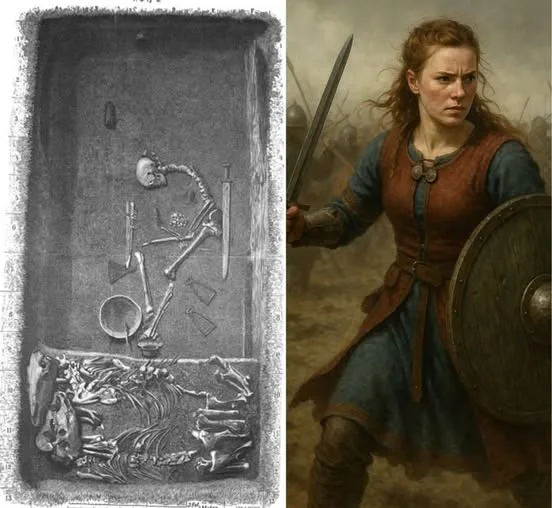
The discovery also resonates with other evidence. Viking art, like the Oseberg tapestry, depicts armed women, and graves in Norway and Denmark have yielded female skeletons with weapons, though none as richly equipped as Bj 581. The shield-maiden’s DNA, showing no signs of injury, suggests she was a commander rather than a frontline fighter, though her arsenal indicates combat readiness.
Rewriting Viking History
Birka’s shield-maiden forces a reevaluation of gender roles in Viking society. Women, while often tied to domestic spheres, could evidently achieve high status as warriors, challenging modern assumptions about patriarchal constraints. The grave’s location in Birka, a melting pot of trade and culture, highlights the diversity and complexity of Viking life, where merit could transcend gender.

Today, the shield-maiden’s legacy lives on in Stockholm’s Swedish History Museum, where her artifacts are displayed. Her story, once buried in both earth and myth, stands as a powerful reminder that valor and leadership know no gender, illuminating the strength of women in a warrior culture lost to time but now found.



